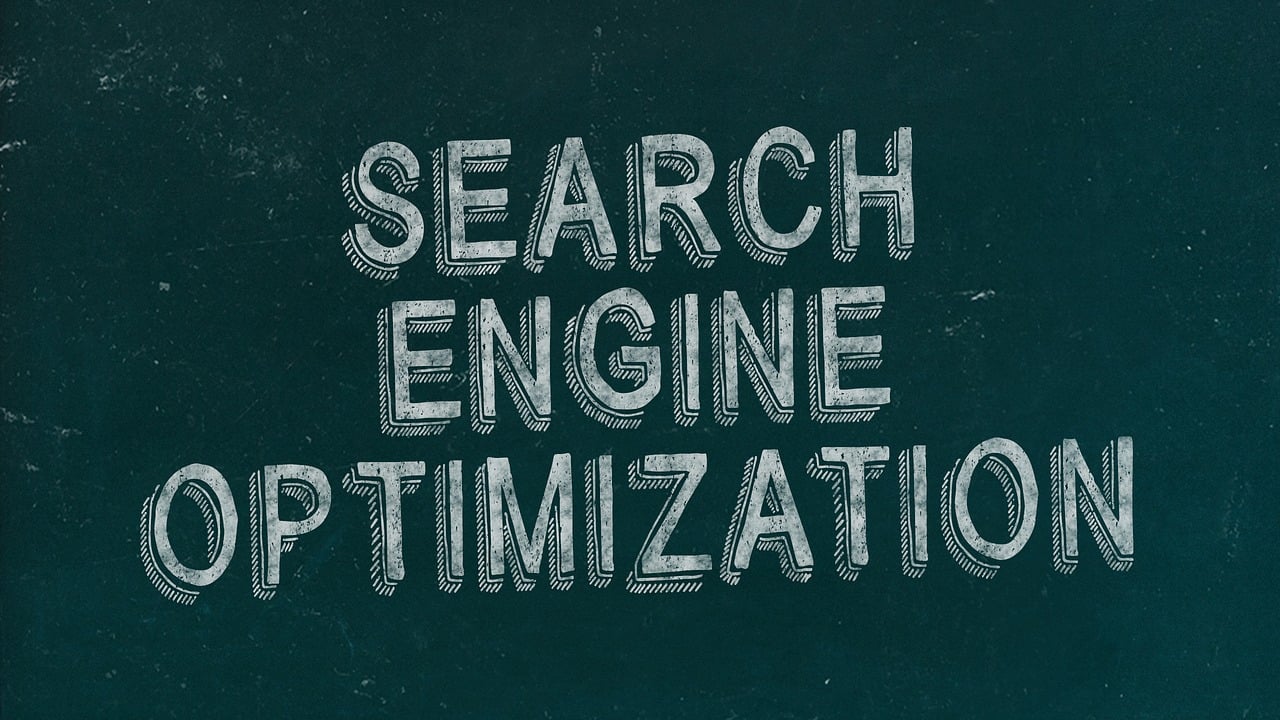Search Engine Optimization (SEO) has undergone significant transformations over the years, adapting to technological advancements, changing user behaviors, and evolving search engine algorithms. As we look ahead to the future of SEO in 2024 and beyond, it’s essential to explore the trends, innovations, and strategies that will shape the landscape of digital marketing.
Evolution of Search Engines and SEO
SEO has traditionally focused on optimizing websites to rank higher in search engine results pages (SERPs) primarily driven by text-based queries. However, the evolution of search engines, particularly Google, has led to a more sophisticated approach to ranking websites. Algorithms like RankBrain and BERT now prioritize user intent, context, and semantic relevance, revolutionizing how content is evaluated and ranked.
1. AI and Machine Learning Integration
Artificial Intelligence (AI) and Machine Learning (ML) are poised to drive the future of SEO. AI-powered algorithms analyze vast amounts of data to predict trends, understand user behavior, and optimize content strategies dynamically. Natural Language Processing (NLP) enables search engines to comprehend and contextualize content better, improving the accuracy of search results and enhancing user experience.
2. Voice Search Optimization
With the rise of voice-activated devices and virtual assistants, optimizing for voice search has become imperative. Voice queries are often conversational and longer, necessitating a shift towards natural language optimization. SEO strategies will focus on understanding and addressing user intent in spoken queries, leveraging long-tail keywords, and providing concise, relevant answers to voice search queries.
3. User Experience (UX) and Technical SEO
User Experience (UX) is increasingly intertwined with SEO performance. Core Web Vitals, introduced by Google, measure aspects of UX such as page loading speed, interactivity, and visual stability. Sites that prioritize UX factors not only enhance user satisfaction but also improve search engine rankings. Technical SEO practices like mobile optimization, structured data markup, and secure HTTPS protocols will continue to be critical for SEO success.
4. Content Quality and Relevance
Content remains king in SEO, but its significance lies in quality, relevance, and depth. Long-form content that comprehensively addresses topics of interest to users tends to perform better in search rankings. Content should be optimized for semantic search, incorporating related keywords and concepts to satisfy user intent effectively. Video content, infographics, and interactive content formats will also play a crucial role in engaging audiences and enhancing SEO performance.
5. Local SEO and Hyperlocal Targeting
Local SEO is essential for businesses targeting geographically specific audiences. Google My Business optimization, local citations, and customer reviews influence local search rankings significantly. Hyperlocal targeting using geolocation data allows businesses to personalize content and promotions based on users’ physical proximity, enhancing relevance and driving foot traffic to physical locations.
6. E-A-T (Expertise, Authoritativeness, Trustworthiness)
Google’s emphasis on E-A-T signals a shift towards evaluating content based on its credibility and authority. Establishing expertise in your niche, building authoritative backlinks, and maintaining trustworthiness through transparent and accurate information are crucial for SEO. Brands that demonstrate expertise and reliability in their content and online presence are likely to achieve higher rankings and gain user trust.
7. Mobile-First Indexing and Optimization
Mobile devices continue to dominate internet usage, prompting Google to prioritize mobile-first indexing. Websites optimized for mobile responsiveness, fast loading times, and intuitive mobile UX are favored in search rankings. Responsive design, AMP (Accelerated Mobile Pages), and mobile-friendly content formats ensure a seamless browsing experience across devices, catering to the growing mobile user base.
8. Visual and Video Search
Visual and video search technologies are transforming how users discover content. Visual search allows users to upload images or use camera-based search to find related products or information. Video content optimization, including video SEO techniques like descriptive titles, optimized thumbnails, and transcripts, enhances visibility in video search results. Integrating visual and video content into SEO strategies enhances engagement and diversifies content delivery.
9. AI-Driven Personalization
AI enables personalized search experiences tailored to individual preferences and behaviors. AI algorithms analyze user data to deliver personalized recommendations, search results, and content suggestions. Marketers can leverage AI-driven insights to create hyper-targeted SEO campaigns, predict user intent, and optimize content strategies based on predictive analytics.
10. Ethical Considerations and Data Privacy
As SEO evolves, ethical considerations around data privacy, algorithm transparency, and user consent become increasingly important. Adhering to data protection regulations like GDPR and CCPA ensures responsible data handling practices. Maintaining transparency in SEO tactics, disclosing sponsored content, and prioritizing user privacy build trust with audiences and mitigate reputational risks.
Conclusion: Embracing Innovation for SEO Success
In conclusion, the future of SEO is characterized by innovation, adaptability, and a user-centric approach. Embracing AI and machine learning, optimizing for voice search, prioritizing UX and technical SEO, and delivering high-quality, relevant content will be pivotal for SEO success in the evolving digital landscape. By staying abreast of emerging trends, leveraging cutting-edge technologies, and adhering to ethical SEO practices, businesses can navigate the complexities of SEO effectively and achieve sustainable growth and visibility online. As SEO continues to evolve, embracing change and proactively optimizing strategies will be key to staying ahead in the competitive digital marketplace.

